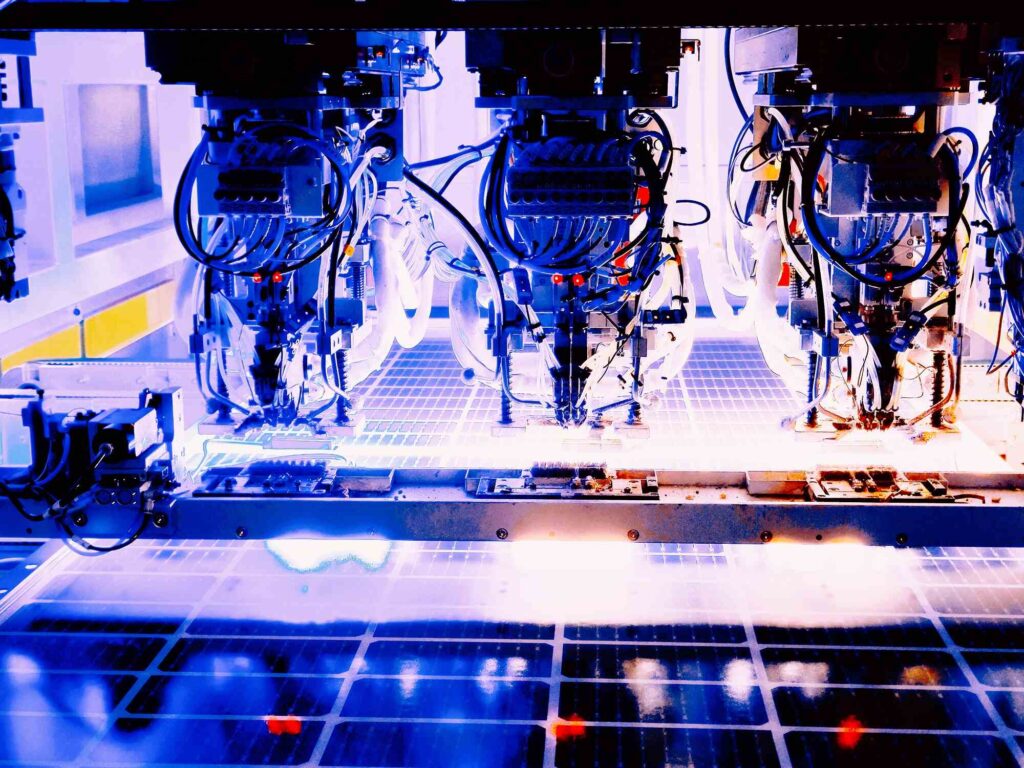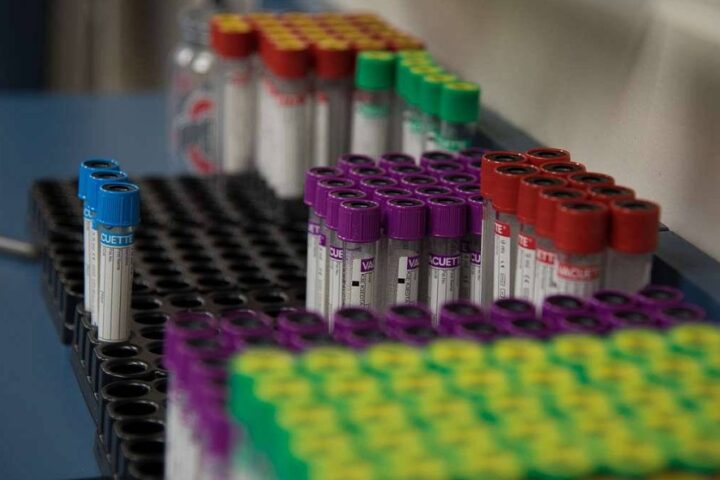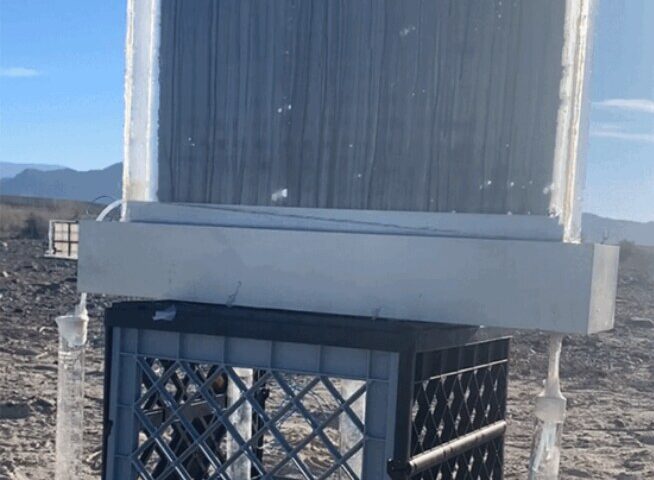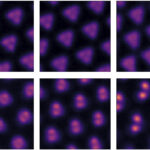In a world where technology is constantly pushing the boundaries of what’s possible, a team of researchers at Friedrich-Alexander-Universität Erlangen-Nürnberg (FAU) has taken a giant leap forward in the field of particle physics. They’ve managed to shrink a particle accelerator — typically sprawling complexes stretching for miles — down to a chip that can fit on your fingertip.
This isn’t just about making things smaller; it’s about reimagining how we can treat diseases like cancer, how we can build materials at the atomic level, and how we can understand the fundamental laws of physics. The FAU team, under the guidance of Prof. Dr. Peter Hommelhoff, has created a device that uses laser light to accelerate electrons at a scale that’s not just small, it’s nano. We’re talking about structures that are thousands of times thinner than a human hair.
Here’s the kicker: they’ve achieved an energy boost for electrons of 43% over a distance of just half a millimeter. In the realm of particle accelerators, that’s a sprinter’s pace in the space of a single step. To put that into perspective, traditional accelerators need distances akin to marathon lengths to get electrons up to speed.
Dr. Tomáš Chlouba, one of the lead authors, paints a picture of a future where these tiny accelerators could be mounted on endoscopes, allowing doctors to send a beam of particles right to the heart of a tumor. It’s a future where the best medicine goes exactly where it’s needed, with precision that’s currently beyond our reach.
Similar Posts
The secret sauce to this miniaturization is something called alternating phase focusing (APF), a method that keeps the electrons tightly packed and on track as they gain speed. The team’s design, a marvel of nano-engineering, uses the interplay of electric fields to give electrons that extra push.
This isn’t a solo effort, though. Across the ocean, researchers at Stanford University are racing towards the same goal, and both teams are part of a larger initiative funded by the Gordon and Betty Moore Foundation. It’s a testament to the collaborative spirit of science, where competition and cooperation go hand in hand.
Dr. Gary Greenburg from the Moore Foundation is excited about the potential. He’s not just talking about the future of medicine; he’s talking about the future of manufacturing, computing, and energy. But to get there, the FAU team needs to ramp up the energy gains by a hundredfold. It’s a challenge, sure, but if history has taught us anything, it’s that science loves a good challenge.
The article in Nature, the bible for scientists, is not just a report. It’s a chapter in a story that began with the first particle accelerators of the early 20th century. It’s a story of human curiosity, ingenuity, and the relentless pursuit of knowledge.
In writing about this, the aim would be to convey the sheer wonder and potential of this technology, to explain the complex science in a way that feels like storytelling. It would be about connecting the dots from the past to the present and into the future, all while keeping the reader engaged with the human side of this scientific endeavor. Quotes from the researchers would serve as narrative signposts, grounding the discussion in the real-world implications of their work.


















